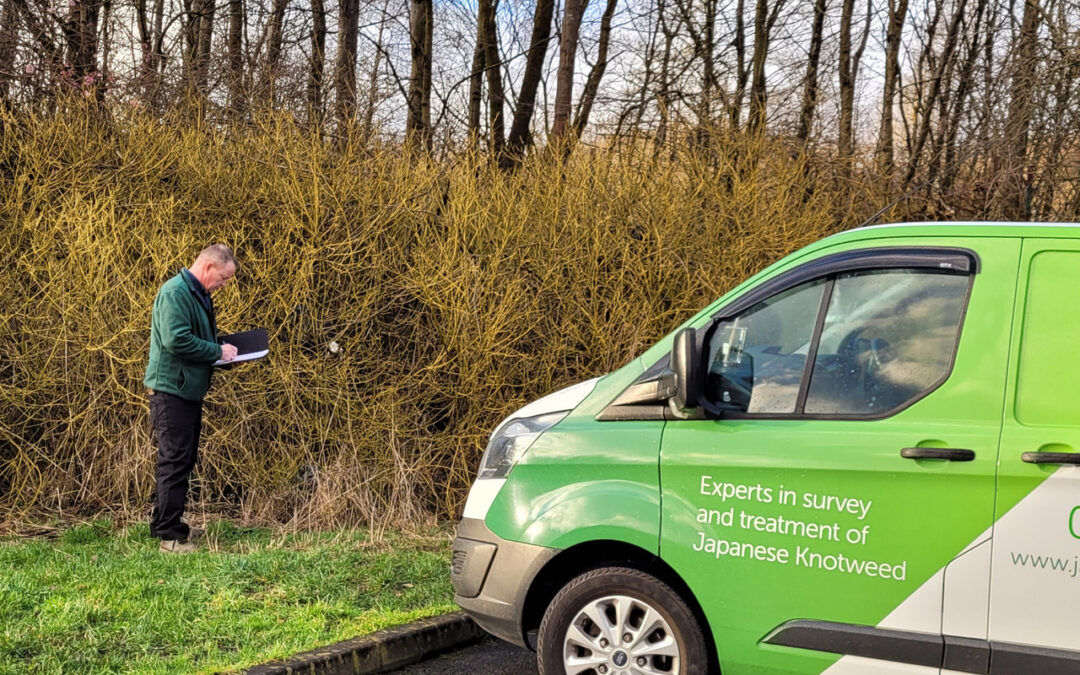Japanese Knotweed is a highly invasive plant species that can damage your property.
It is essential to choose the right treatment method to get rid of it effectively. In this article, we will guide you on how to choose the right treatment method for your Japanese Knotweed infestation.
Japanese Knotweed is an invasive plant species that has been causing problems for property owners for many years. It is known for its ability to grow rapidly and damage structures, foundations, and roads. If left unchecked, Japanese Knotweed can cause significant harm to your property’s value and even result in legal issues.
Therefore, it is crucial to identify and choose the right treatment method to eliminate the problem. In this article, we will provide you with a step-by-step guide on how to choose the right treatment method for your Japanese Knotweed infestation.
Understanding Japanese Knotweed
Before you can choose the right treatment method, it’s essential to understand what you’re dealing with. Japanese Knotweed is a tall, bamboo-like plant that grows up to 3-4 meters in height. It has large, green leaves and a thick stem that is often reddish-brown in color.
This plant is known for its aggressive growth pattern and its ability to spread rapidly. It can grow through concrete, tarmac, and other structures, causing significant damage in the process.
Assessing the Severity of Infestation
The severity of your Japanese Knotweed infestation will determine the treatment method you choose. Here are some signs of a severe infestation:
- Multiple stands of Japanese Knotweed on your property
- The plant has been growing for several years
- The plant has grown to a height of over 1 meter
- The plant has spread to neighboring properties
If you have a severe infestation, it’s best to seek the help of a professional to assess the damage and recommend a treatment plan.
Choosing the Right Treatment Method
There are several treatment methods available for Japanese Knotweed, each with its advantages and disadvantages. Here are the most common treatment methods:
- Chemical Treatment: This involves using herbicides to kill the plant. This method is effective but requires several applications over a few years.
- Dig and Dump: This involves excavating the plant and disposing of it in a landfill. This method is expensive and can cause soil erosion.
- Stem Injection: This involves injecting herbicide into the plant’s stem. This method is effective and requires fewer applications than chemical treatment.
- Mesh Barrier: This involves installing a mesh barrier around the plant to prevent its spread. This method is effective but requires regular maintenance.
FAQ
Q: Is it possible to get rid of Japanese Knotweed without using chemicals? A: Yes, you can use the Dig and Dump method, but it is expensive and can cause soil erosion.
Q: Can I remove Japanese Knotweed myself? A: It is not recommended to remove Japanese Knotweed yourself, as it can cause the plant to spread. It’s best to seek the help of a professional.
Q: How long does it take to get rid of Japanese Knotweed? A: The time it takes to get rid of Japanese Knotweed depends on the treatment method used and the severity of the infestation. Chemical treatment can take up to five years, while stem injection can take two to three years.
Conclusion
In conclusion, choosing the right treatment method for your Japanese Knotweed infestation is crucial to ensure that the problem is eliminated effectively. You should assess the severity of the infestation and seek the help of a professional if necessary. Once you’ve identified the treatment method that’s right for you,
